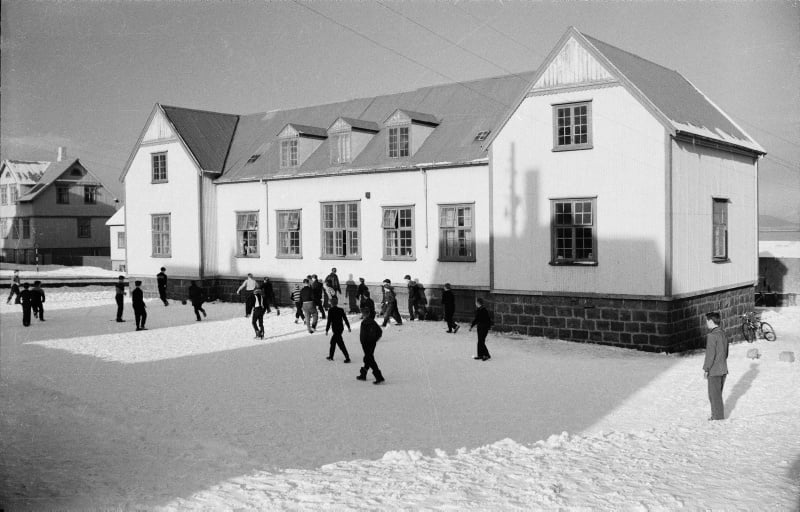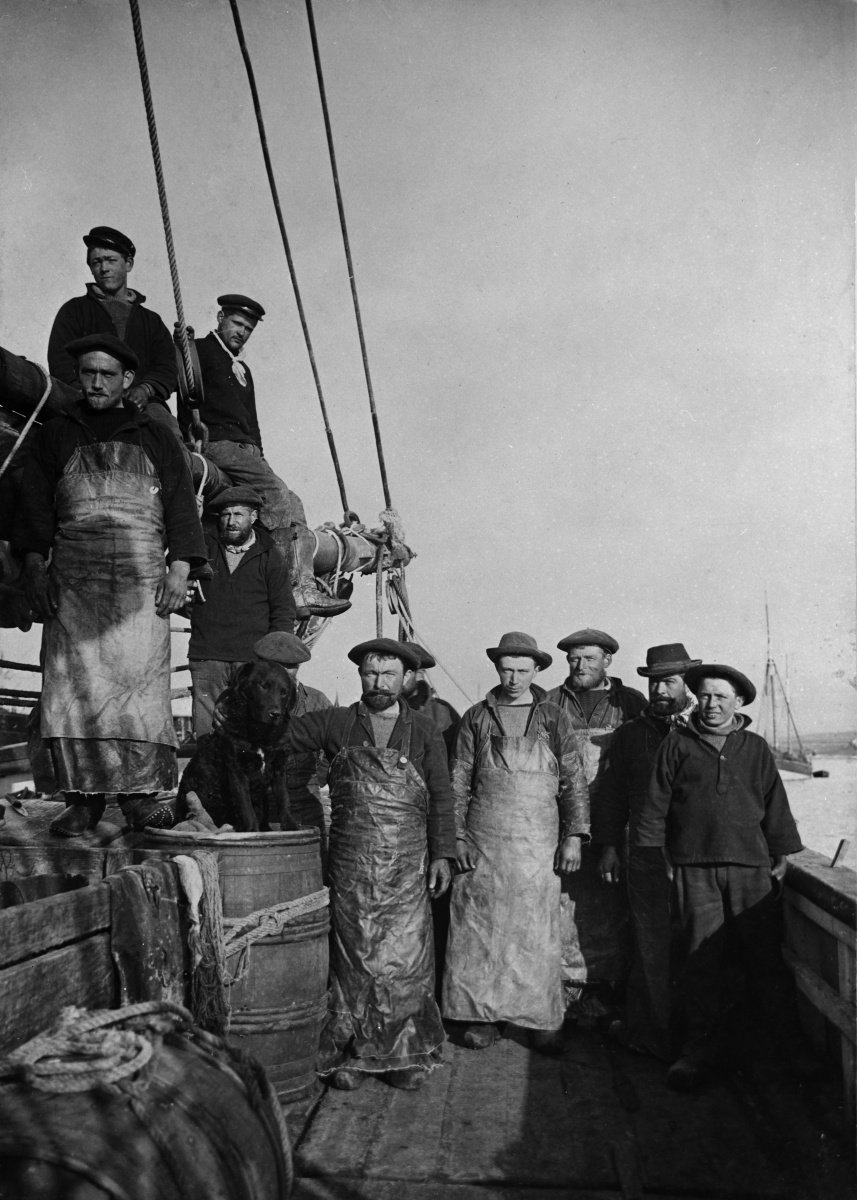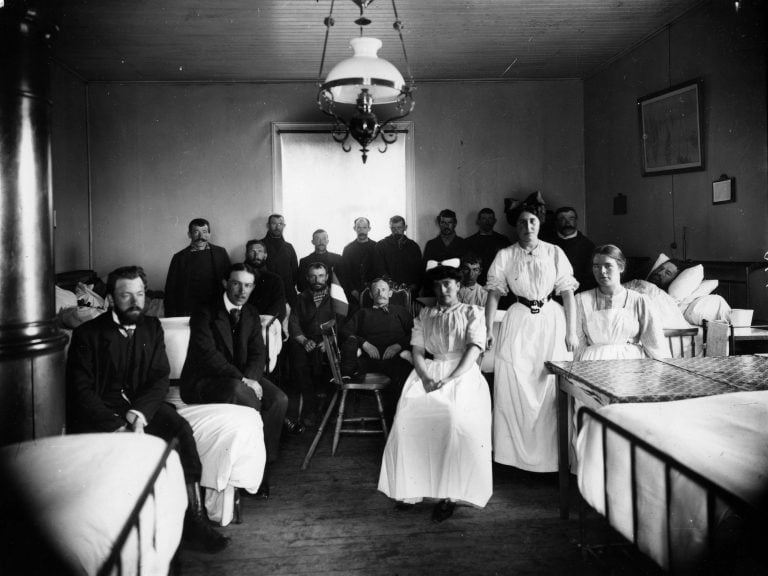
Lindargata 51
The building here on the corner of Lindargata and Frakkastígur was built in 1902 by the French, to serve French mariners who were fishing for cod off the coast of Iceland. It had beds for twenty patients. Shortly afterwards two more French hospitals were built to serve the same purpose: a 17-bed facility in Fáskrúðsfjörður in the east, and another in the Westman Islands off the south coast, with nine beds.
The building was designed by a Danish architect named Bald, and the timber for the construction was also imported from Denmark. The building is a single storey with attic, built on a stone foundation.
The French Hospital in Reykjavík was intended to provide medical care for seamen in the fishing grounds to the west of Iceland. The doctors and most of the nurses were Icelandic, and the hospital took in both Icelanders and Frenchmen.
At the time when the hospital was built, 150- 200 French ships – the vast majority schooners – fished each year in Icelandic waters, staying from February until the end of August. The crews of the vessels totalled four to five thousand men. The ships fished well and took good catches, but they also got into difficulties: some ran aground, others were lost at sea.
Between 1825 and 1930 about 400 French fishing schooners foundered off Iceland, with a loss of about 4,000 lives. In 1892, for instance, twelve schooners were lost, with 139 men. Icelanders rescued many mariners at sea, often in hazardous conditions.
The French fishery off Iceland largely came to an end in 1914. The hospital continued to operate, however, until 1927. For the last few years it was run by the municipal authorities of Reykjavík. Since it closed the building has housed schools of various kinds: the Reykjavík Lower Secondary School (Ingimar’s School) 1935-1976, and since 1977 the Reykjavík Music School. The exterior was renovated in 1988, restoring the hospital’s original appearance.

Historical markers in Reykjavík
In recent years the City of Reykjavík has been installing historical markers around the city. Such markers at historic sites and areas within Reykjavík enrich the experience of both residents and visitors, and provide information on the city‘s culture and history. The markers display information about history, art, literature and social life relating to the site in question, accompanied by pictures.
Text and photos: Reykjavík City Museum
See further at www.reykjavikcitymuseum.is





